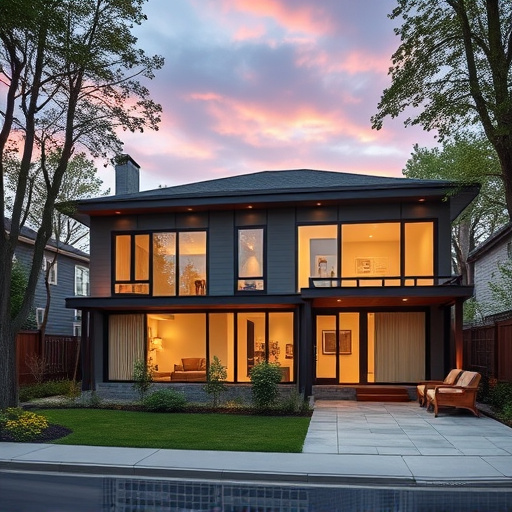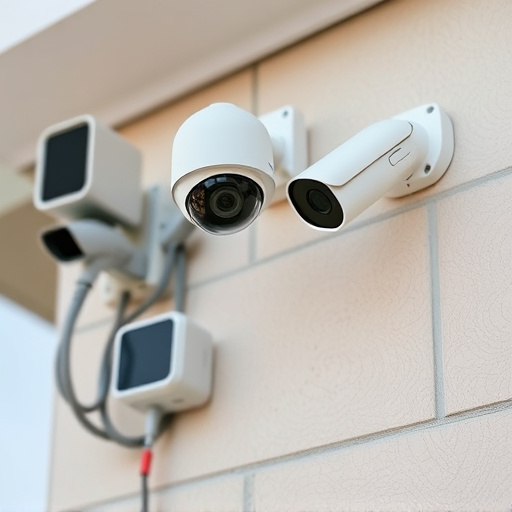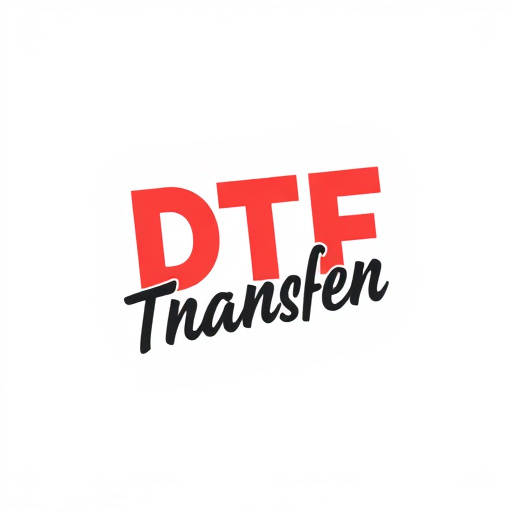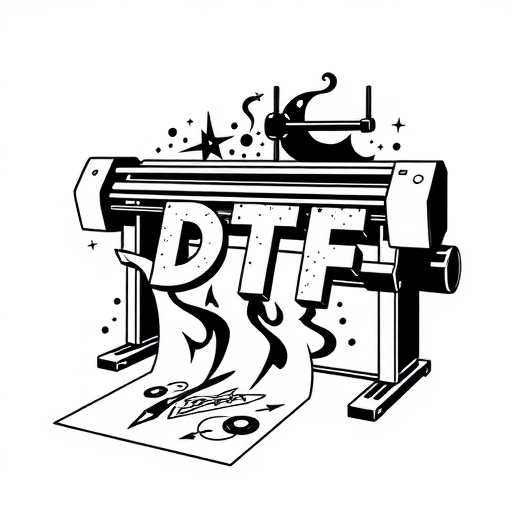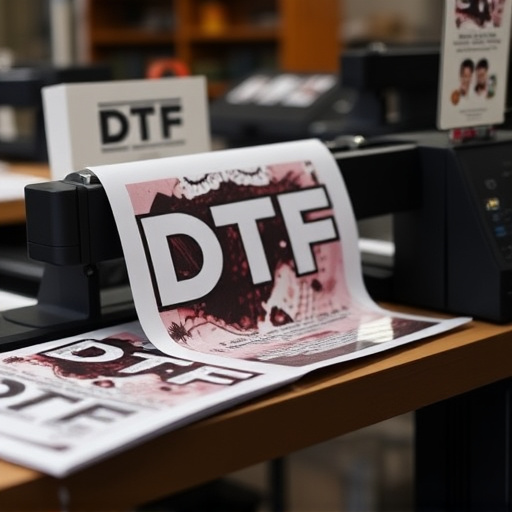Non-uniform heat distribution in DTF curing ovens causes product quality issues and defects. A 504 gateway timeout error signals poor heat distribution, leading to communication problems. To resolve this, DTF oven manufacturers must employ advanced heating mechanisms with precise temperature control for uniform curing, ensuring optimal process outcomes and high-quality final products.
Heat uniformity is a critical factor influencing DTF (Direct Thermal Forming) curing oven performance. Non-uniform heating can lead to dimensional inaccuracies, material properties degradation, and inconsistent product quality. This article delves into the significance of heat uniformity in DTF curing ovens, exploring its impact on production efficiency and product integrity. We examine key considerations for optimizing heat distribution, including design features, temperature control systems, and process parameters, to ensure optimal DTF curing oven performance.

The success of any DTF (Direct To Form) curing process heavily relies on uniform heat distribution within the oven. Achieving consistent temperature across every part of the production line is paramount to ensuring high-quality outcomes and minimizing defects. Heat uniformity matters because it directly impacts material setting, cure density, and overall product performance.
Non-uniform heating can lead to variations in material properties, resulting in inconsistent product quality. For instance, hotspots or cold spots within the DTF curing oven can cause uneven curing, leading to weak bonds, delaminations, or other defects that negatively affect the final product’s integrity and aesthetics. Therefore, optimal heat uniformity is a critical factor in maximizing the efficiency and reliability of DTF curing ovens.
API responded with status code 504.

In the context of DTF (Direct Thermal Forming) curing ovens, an API response status code 504 highlights a critical issue—gateway timeout. This error indicates that the server failed to respond within a designated time frame when attempting to connect to another server, often upstream. In the case of DTF ovens, this could be due to uneven heat distribution within the unit. Heat uniformity is paramount for efficient and consistent material curing; any variability can lead to incomplete processing or localized overcuring, both detrimental to final product quality.
A 504 gateway timeout suggests a potential bottleneck in communication, often caused by excessive latency introduced by poor heat control. To address this, manufacturers must ensure their DTF ovens are equipped with sophisticated heating mechanisms that maintain uniform temperatures across the entire curing chamber. This involves precise temperature sensing and control systems capable of rapid response to adjustments required for optimal process outcomes.
Heat uniformity is a critical factor in ensuring optimal performance of DTF (Direct Thermal Formation) curing ovens. By maintaining consistent temperature distribution, manufacturers can achieve precise and efficient curing processes, resulting in improved product quality and consistency. This, in turn, enhances the overall efficiency and productivity of the manufacturing line, making heat uniformity an indispensable aspect to consider when optimizing DTF curing oven operations.


